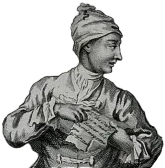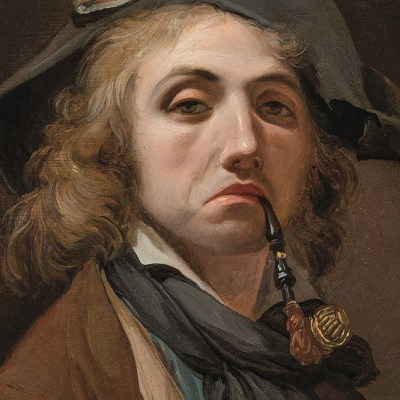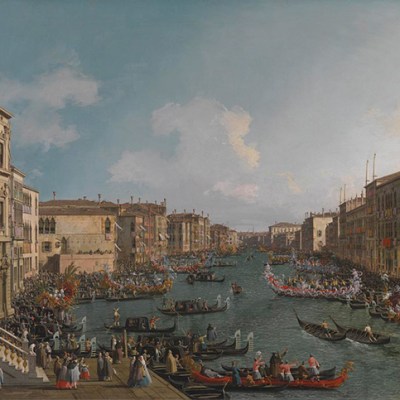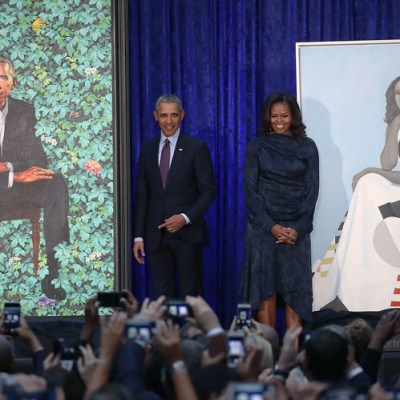Introducing Rakewell, Apollo’s wandering eye on the art world. Look out for regular posts taking a rakish perspective on art and museum stories.
‘What does success look like?’ is a question CEOs love to ask before they proceed to maul an underling’s proposal. Rakewell suspects that this is a question Michael Bloomberg has frequently asked of his various teams around the world. It may also be a question that he asked as he went around Frieze London. For Rakewell, success is receiving a VIP card to the opening day of Frieze London and so your correspondent is basking in the glory of a successful season. Yet as Rakewell strolled the aisles of the fair, we couldn’t help wondering if this was what a successful fair looked like.
Obviously, the presence of Jared Leto was a delight and he seemed to be strolling around with a smile on his face. As, of course, was Rishi Sunak who seems to have been liberated to really lean into his status as a wealthy patron – perhaps he met George Osborne on his way through the park from Frieze Masters to discuss aesthetics? Yet for many of the VIPs, jostling in the corridors of contemporary art felt more like being on the tube during rush hour than a superlative art experience.
All this overcrowding led to other concerns as the FT’s art columnist Melanie Gerlis tweeted the breaking news from Frieze Masters that Gail’s had run out of savoury bread. Food was so scarce that one poor soul of Rakewell’s acquaintance queued for an hour and a half for a solitary bao bun.
It is sad that an art fair should allow such real-world concerns to enter a safe haven for viewing art – several VIPs complained about the situation on the shuttle bus that carried them across Regent’s Park. But, then again, maybe endless queues and people bursting at the seams of the tent is exactly what success looks like.
Got a story for Rakewell? Get in touch at rakewell@apollomag.com or via @Rakewelltweets.




